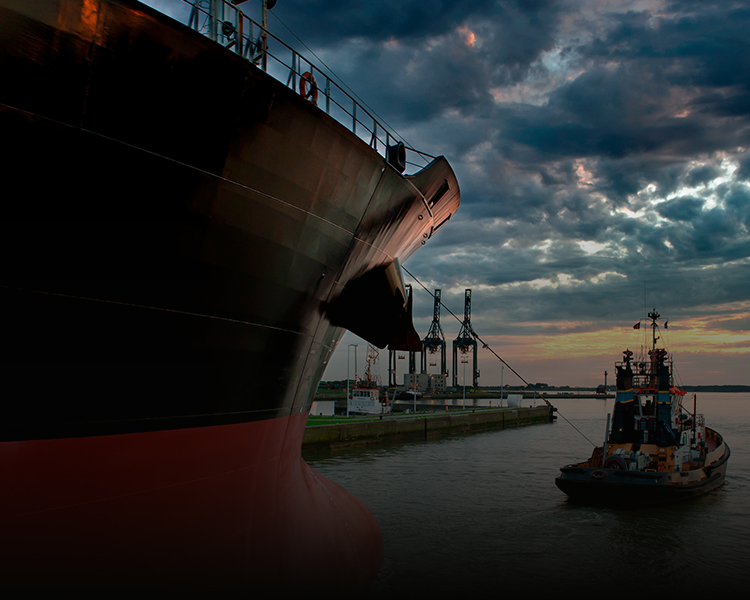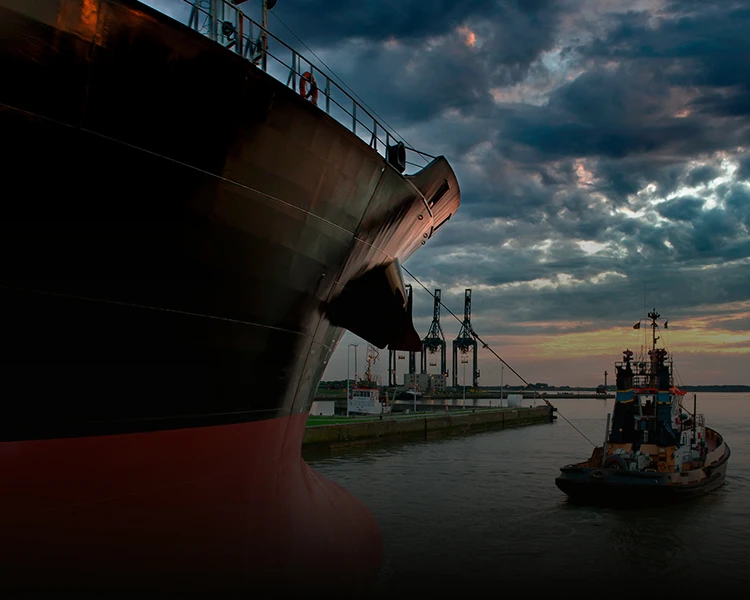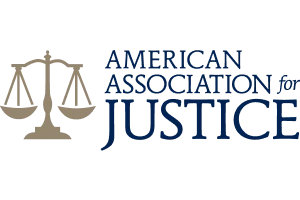NOT ALL LAW FIRMS ARE IN THE SAME BOAT
Commercial Fishing And Its Liability Issues, Explained
Commercial fishing is one of the most dangerous occupations in the United States. The average fatality rate per 100,000 workers is 128, versus the national average of four per 100,000 for all other occupations. Commercial fishing generates $4.4 billion in revenue each year and is performed off every coast in America. Nowhere is commercial fishing more dangerous than in the wild waters off Alaska. Fortunately, the seamen that work on commercial fishing boats have legal recourse in the event of a workplace injury.
A study of Alaska’s commercial fishing industry by the National Institute for Occupational Safety and Health (NIOSH) explores the dangerous conditions that Alaskan commercial fisherman face and sobering related occupational health statistics. In Alaska, weather and what NIOSH calls “experience conditions” or conditions workers encounter as part of the job, make a fisherman’s work environment hazardous. In addition to performing their work duties under extreme weather conditions, seamen are required to work with and around dangerous machinery that is used to haul up catches of fish. Between 2000 and 2009, 133 fishermen lost their lives on the job, an average rate of 13 people per year. Most fatalities were caused by disasters that forced the crew to abandon the ship, falls overboard or onboard accidents.
Between 1994 and 2004, most of the severe injuries suffered by Alaskan commercial fisherman were caused by the machinery or other gear used on vessels. Between 1991 and 2002, almost 800 fishermen were hospitalized with severe injuries suffered while on the job, or an average of one every 10 days. The most severe injuries reported were amputations, 54 percent of which were caused by machinery.
Fortunately, fishermen who are injured on the job are often able to hold their employers accountable. In 1920, Congress passed the Jones Act, which affords seamen the same right to seek damages from their employers that railroad workers enjoy under the Federal Employers Liability Act (FELA).
The Jones Act, which later incorporated FELA, allows seamen to hold their employers accountable for any injuries or fatalities that they suffer while working aboard a ship or conducting ship business ashore. Under the Jones Act, workers can hold their employer liable for any damages, but not other entities involved in the ship’s operation. For example, a worker can only hold their employer liable, rather than the company operating the ship or some other company involved in the business.
Holding employers liable for worker injury is particularly important today. While the commercial fishing industry has benefited from improvements in machinery and other gear, commercial fisherman are now under constant threat of severe injury or even death involving this technology. Recent accidents like the Alaska Ranger incident of 2008, in which several crew members lost their lives due to loss of rudder control, highlight the growing need for greater safety for all seamen.
Fortunately, fishermen and their families are able to pursue damages from their employers for workplace injuries as outlined under the Jones Act. If you or a loved one has been injured while working on a commercial fishing vessel, please contact an experienced personal injury attorney to explore your legal options.












